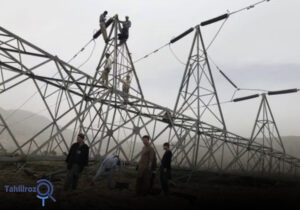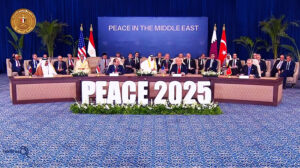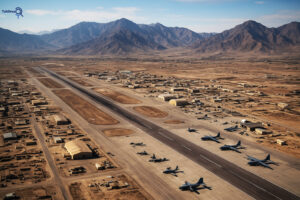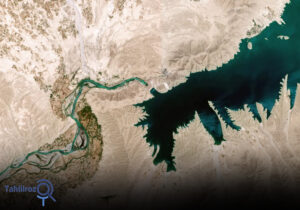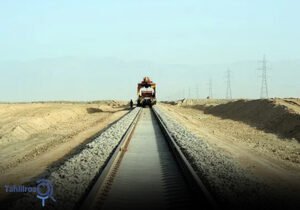Bagram Airbase, located just north of Kabul, is far more than a military installation—it is the heartbeat of military power in Afghanistan. From its Cold War beginnings to its role as the largest US military hub, Bagram has witnessed decades of conflict, political tension, and strategic maneuvering.
Even today, the airbase symbolizes the struggle between foreign military ambition and Afghan sovereignty. Understanding Bagram gives insight into the US-Taliban conflict, Afghanistan’s security challenges, and broader regional geopolitics.
The Origins of Bagram Airbase
– Cold War Beginnings
Bagram Airbase was first built in the 1950s with US support as part of Cold War military cooperation with Afghanistan. Its location north of Kabul allowed for strategic surveillance and regional operations, making it a cornerstone of American influence in the region.
– Soviet Expansion
During the 1980s Soviet-Afghan War, Bagram was heavily expanded. Runways were lengthened, hangars fortified, and advanced communication systems installed. This expansion cemented Bagram’s role as a key military hub and laid the foundation for its modern strategic significance.
– Post-9/11 Transformation
After the US-led invasion of Afghanistan in 2001, Bagram Airbase became the largest American military base in the country. It housed thousands of troops, advanced surveillance systems, medical facilities, and extensive logistical infrastructure. Bagram became the nerve center for counterterrorism operations and military strategy throughout Afghanistan.
Why the US and Trump Were Desperate to Hold Bagram Airbase
– A Strategic Military Hub
Bagram Airbase is essential for controlling northern Afghanistan. It allows rapid deployment of troops, aerial surveillance, and intelligence operations. Losing it would limit US operational capacity and weaken regional presence.
– Political and Symbolic Significance
For the Trump administration, maintaining Bagram symbolized American strength and commitment to counterterrorism. Domestically, it served as evidence of US resolve in global security matters.
– Economic and Logistical Lifeline
Bagram Airbase functions as the central supply hub for troops across Afghanistan. Weapons, fuel, medical supplies, and equipment flow through the base, making it indispensable for sustained military operations.
– Counterterrorism Operations
Bagram supports drone strikes, reconnaissance missions, and special operations. Control over the base allows rapid response to terrorist threats, making it critical for US military strategy.
Why the Taliban Is So Determined
– Symbol of Afghan Sovereignty
For the Taliban, Bagram Airbase represents foreign occupation. Allowing the US to regain control would undermine their narrative of resistance and weaken their legitimacy in Afghan society.
– Strategic Advantage in Warfare
Controlling or denying access to Bagram limits aerial and logistical support for foreign forces. This leverage allows the Taliban to consolidate power and extend influence across Afghanistan.
– Psychological and Political Message
Holding or denying access to Bagram sends a strong message: the Taliban are resilient and capable of challenging even the most powerful military forces. It enhances their domestic and international image as a formidable political and military entity.
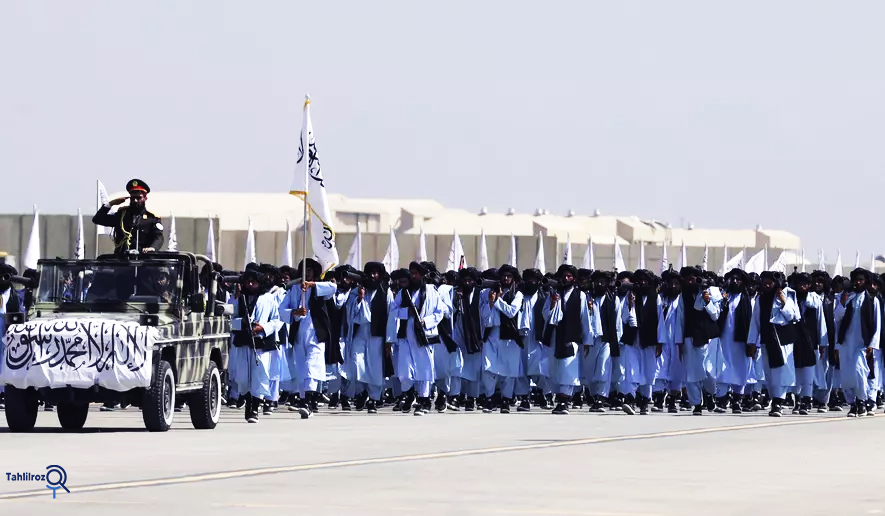
Life at Bagram Airbase: Soldiers, Locals, and the Battlefield
– Inside the Base
Life at Bagram combined strict military discipline with the challenges of a high-stakes warzone. Soldiers followed constant security protocols, patrolled the perimeter, and conducted air and intelligence operations. The base included housing, dining facilities, medical care, and recreation, functioning almost like a small city in the mountains.
– Impact on Local Communities
While the base created jobs and infrastructure, it also caused tensions. Drone strikes and patrols sometimes led to civilian casualties, fueling resentment and aiding Taliban propaganda.
– High-Profile Incidents
Bagram has seen numerous attacks, including insider assaults and rocket strikes. These events underscored both the strategic importance of the base and its vulnerabilities.
Bagram in US-Taliban Negotiations
Even after the US withdrawal in 2021, Bagram Airbase remained central in diplomatic discussions. Negotiations over reopening or joint security arrangements highlighted its strategic and symbolic importance. Both Washington and Taliban leaders recognized that controlling—or denying access to—Bagram could shape Afghanistan’s future.
Conclusion: A Symbol of Power and Conflict
Bagram Airbase is more than concrete runways and hangars—it is a symbol of power, strategy, and the ongoing struggle over Afghanistan’s destiny. For the US, it ensures military readiness and counterterrorism capabilities. For the Taliban, it represents resistance and sovereignty.
Understanding Bagram is key to understanding Afghanistan: foreign intervention, local resistance, and high-stakes military strategy. Its history and future continue to captivate global attention.
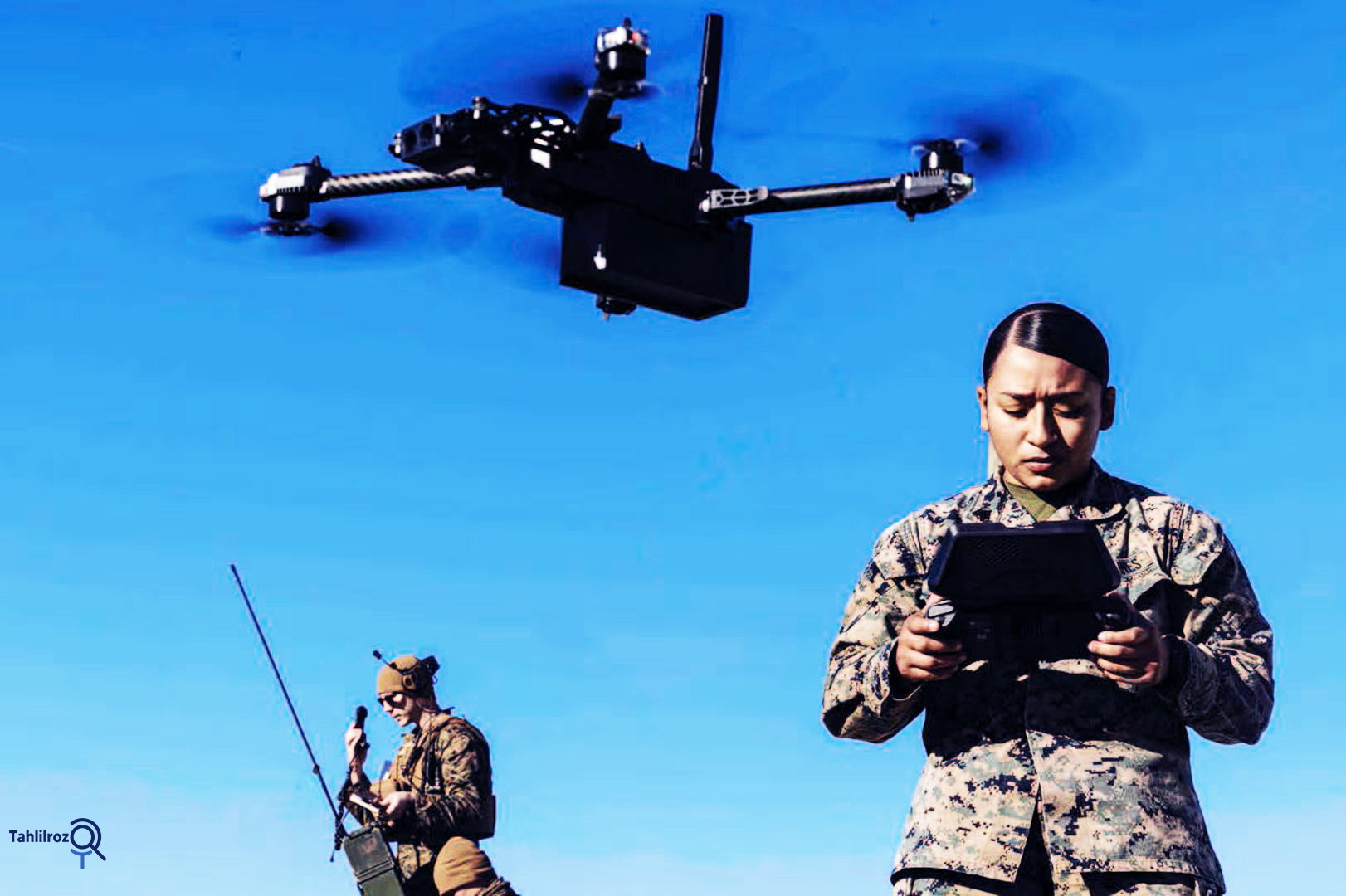
Mohsen Shahrafiee

